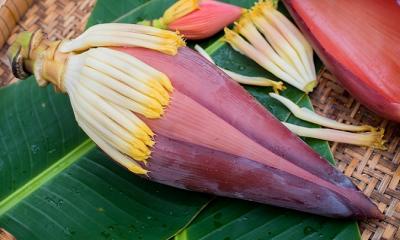
History Of Carrots
- Womenscorner Desk
- September 21, 2020
Both written history and molecular genetic studies indicate that the domestic carrot has a single origin in Central Asia. Its wild ancestors probably originated in Persia (regions of which are now Iran and Afghanistan), which remains the centre of diversity for the wild carrot Daucus carota. A naturally occurring subspecies of the wild carrot was presumably bred selectively over the centuries to reduce bitterness, increase sweetness and minimise the woody core; this process produced the familiar garden vegetable.
Read More : Sheet Pan Chickpea Chicken
A depiction labeled "garden" carrot from the Juliana Anicia Codex, a 6th-century AD Constantinopolitan copy of Dioscorides' 1st-century Greek pharmacopoeia. The facing page states that "the root can be cooked and eaten." When they were first cultivated, carrots were grown for their aromatic leaves and seeds rather than their roots. Carrot seeds have been found in Switzerland and Southern Germany dating back to 2000–3000 BC. Some close relatives of the carrot are still grown for their leaves and seeds, such as parsley, cilantro, coriander, fennel, anise, dill and cumin. The first mention of the root in classical sources is from the 1st century AD; the Romans ate a root vegetable called pastinaca, which may have been either the carrot or the closely related parsnip.
The plant is depicted and described in the Eastern Roman Juliana Anicia Codex, a 6th-century AD Constantinopolitan copy of the Greek physician Dioscorides' 1st-century pharmacopoeia of herbs and medicines, De Materia Medica. Three different types of carrots are depicted, and the text states that "the root can be cooked and eaten".
Read More : Water Spinach
The plant was introduced into Spain by the Moors in the 8th century. In the 10th century, roots from West Asia, India and Europe were purple. The modern carrot originated in Afghanistan at about this time. The 11th-century Jewish scholar Simeon Seth describes both red and yellow carrots, as does the 12th-century Arab-Andalusian agriculturist, Ibn al-'Awwam. Cultivated carrots appeared in China in the 14th century, and in Japan in the 18th century.
There are many claims that Dutch growers created orange carrots in the 17th century to honor the Dutch flag at the time and William of Orange. Other authorities argue these claims lack convincing evidence. Modern carrots were described at about this time by the English antiquary John Aubrey (1626–1697): "Carrots were first sown at Beckington in Somersetshire. Some very old Man there [in 1668] did remember their first bringing hither."European settlers introduced the carrot to colonial America in the 17th century.
Read More : Fava Beans
Outwardly purple carrots, still orange on the inside, were sold in British stores beginning in 2002.
Source : Google





